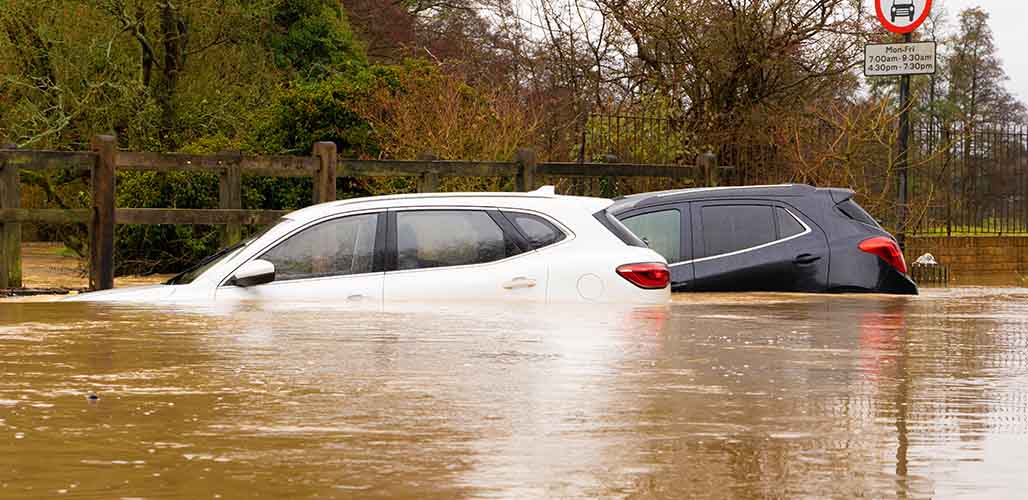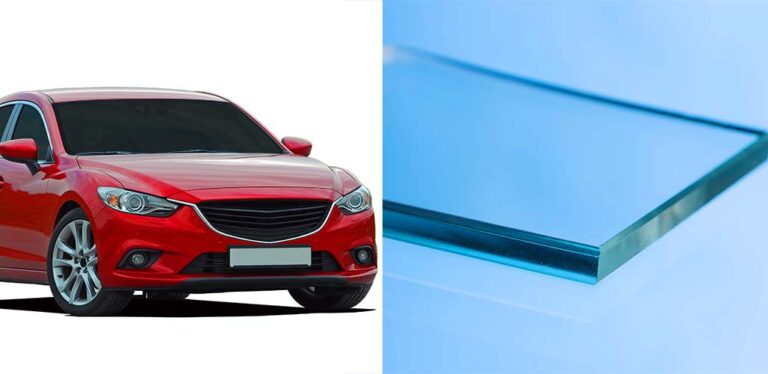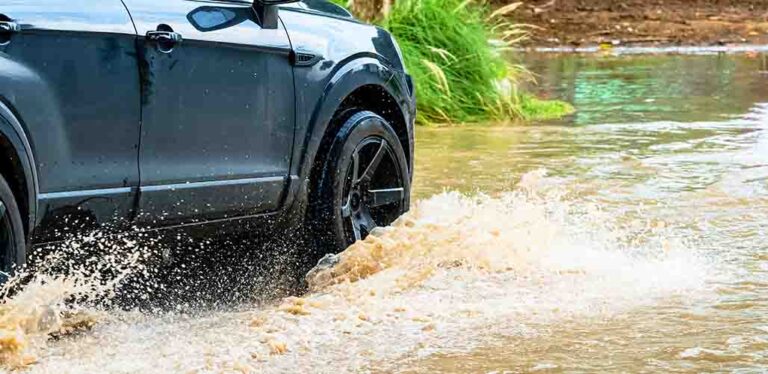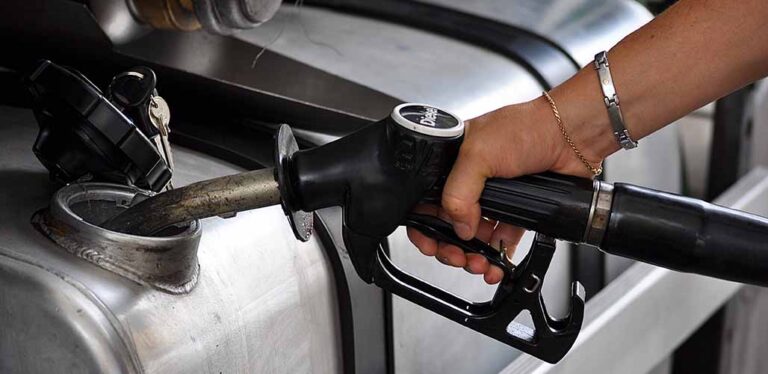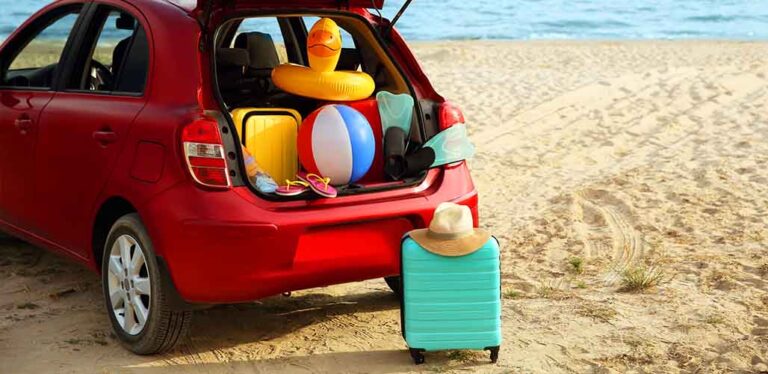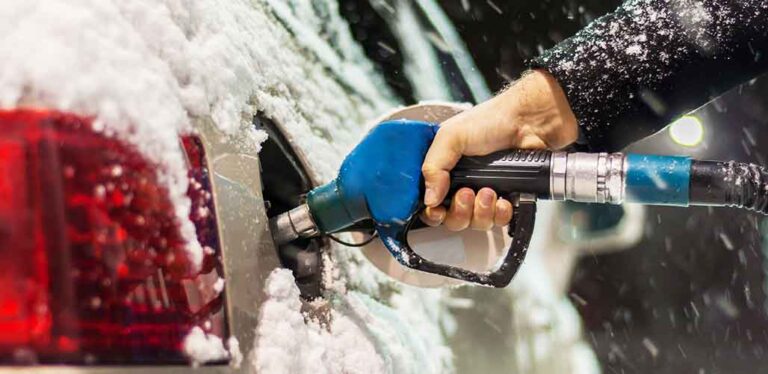Can Cars Drive Underwater?
Can cars drive underwater, or is that just the reserve of the world of television? Just like flying, driving a car underwater is a dream that many of us have had. But even if you have never entertained the idea of maybe taking the car to the shore to see how far it would go into the water, there are situations when driving through a water-flooded road is the only option you have. So what will happen when the car goes deep into the water?
Contents
- Can cars drive underwater?
- How deep can a regular car drive?
- How to fix a flooded car
- Top tips for driving through water
- What cars can drive underwater?
Can Cars Drive Underwater?
Cars are not designed to run underwater. Once the water gets into the exhaust, the car will die almost immediately. If the water levels keep rising, water will get into the engine and mix with the engine oil turning it into a mess that not only will kill the engine but might cause irreparable damage.
Water getting into the transmission and the fuel system causes more damage especially if it’s saltwater. Not to mention that all the electrical instruments will short circuit as soon as water floods the car.
For a car to drive underwater some drastic design changes have to be made to insulate the battery, fans, engine, control board, and lights. All vents will have to be sealed including the differential and crankcase. Even the doors have to be sealed to protect the people inside the car from the water pressure outside.
How Deep Can a Car Go Underwater?
It’s one thing to have the parked car flooded by a hurricane and it’s a totally different thing to drive your vehicle through a water-flooded road. In the first case, you have no choice but to try to save the car which will be covered in the next section. But to drive the car intentionally through water is rather risky.
The deepest a car can go through water is under 6 inches. Anything deeper than that and the water will get into the exhaust, hit the bottom of the car, and wreak havoc with the transmission. Keep in mind that this depth is relative to the model and make of the car.
A Lamborghini for example will get stalled if it drives through 3 inches of water while a pickup truck can power through 6 or even 7 inches of water without sustaining damage. It all has to do with the profile of the car and how high the wheels carry the chassis off the ground.
Another problem with flooded roads is that the water often hides the dips and potholes. So even if it seems safe to drive through those couple of inches of water, if the vehicle hits a puddle, water can flood the bottom of the car and cause it to stall.
What to Do About a Flooded Car
Your first instinctive action when a car has been flooded is to try to turn on the engine to see if it still runs or not. That’s usually the last thing you should do. Most of the time, there will be water inside of the engine which when flooded with fuel and engine oil can create a gooey material that is really hard to clean up.
Instead of trying to get the car to run, you should try to get the car cleaned up first. This is especially true if the car has been sitting in muddy water for days on end. Here’s how to go about cleaning a flooded car.
Steps To Take
- If the car is sitting in water, try to push it out to a dry spot.
- Disconnect the battery.
- Scrub off as much mud as you can not just on the dashboard and seats but from the bottom of the car and under the hood.
- Don’t use a hose to wash off the mud and dirt. The car is already flooded with water so adding more water will only make things worse. Use a broom and a washcloth or a towel to remove the dirt and debris.
- Open the hood, doors, and trunk of the vehicle to create an airflow that dries the inside of the car.
- Use a dipstick to check the fluids in the transmission and engine. If there’s water on the dipstick, then change all the filters and fluids in the vehicle.
- Take out the oil pan, give it a thorough cleanup and change the oil.
- Check the fuel tank and fuel systems for traces of water.
- Clean the wheel bearings.
- Check the engine for water damage. In many cases, you might have to take the vehicle to a workshop for a total dismantling and reassembly of the engine.
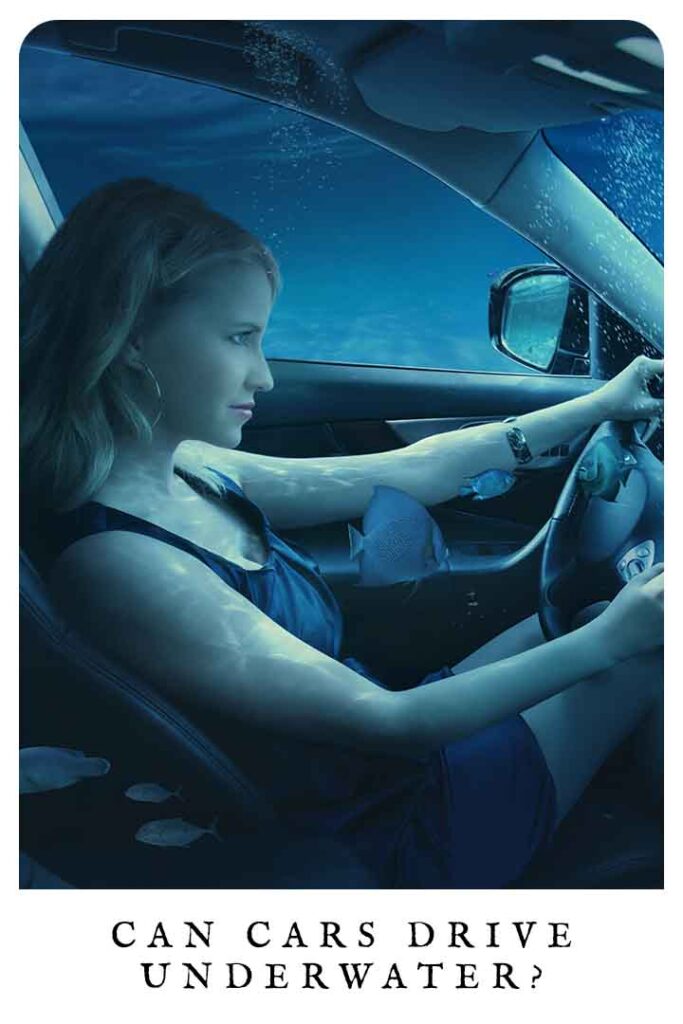
Tips for Driving Through a Water Flooded Road
Heavy rain can flood the best of roads rather quickly. If you’re driving down an unfamiliar road that is water-logged, then follow these tips to get through the flooded parts safely.
- Drive down the center of the flooded road and ignore lanes. Most roads are designed to have the center a little more elevated than the sides to help push water toward the drainage system. Stick to driving through the middle of the road where the water is shallow.
- If there are other cars going in the same direction, file in behind them to create a single line driving down the center. Don’t try to overtake the car in front of you or drive parallel to it even on a one-way street.
- Enter the water at a speed of 1 to 2 miles per hour at most.
- Drive slowly at 3 to 4 mph through the water. A fast car tends to lose control in deep water compared to a car driving slowly.
- Drive in first or second gear. For an automatic car, drive slowly to keep it in low gear.
Are There Cars That Can Drive Underwater?
The Swiss automaker Rinspeed designed a vehicle that can drive both underwater as well as on dry land. The all-electric car called sQuba has three electric engines. One to drive on land and the other two to take it underwater. The zero-emissions vehicle floats on the water upon entering until the submerged tanks fill with water. It sinks to depths of about 33 feet where it remains suspended in the water like a submarine.
The sQuba has propellers and two water jets and can reach speeds of 1.9 mph underwater. On land, it has a top speed of 75 mph.
Can Cars Drive Underwater?
When cars get into water deep enough to rise above the middle of the wheel they will die almost immediately. Water flooding the exhaust and transmission will cause the car to stall. If you’re driving through a water-logged road, stay in the middle of the road, drive slowly, and stick to first or second gear until you clear the flooded parts.
Driving On Different Surfaces
- Driving on sand
- Best tires for sand driving
- Driving over glass
- Where to keep your car overnight
- Driving in the water
References
- Bocanegra et al. 2021. Assessing the risk of vehicle instability due to flooding.
- Martínez-Gomariz et al. 2018. Stability criteria for flooded vehicles: a state-of-the-art review.
- Wan et al. 2018. Influence of forces on vehicle’s instability in floodwaters.

